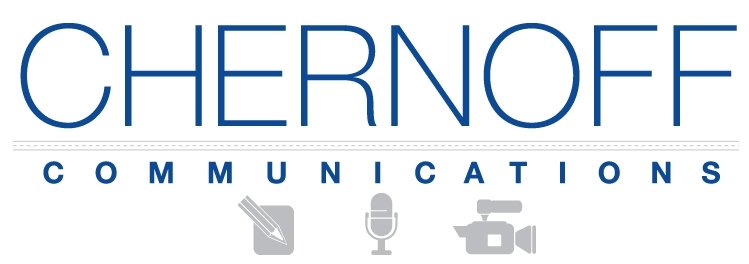We live in an era when tens of thousands of people are dying because they trust false rumors and lies while refusing to accept the truth about a deadly virus and clinically proven vaccines that can protect them. Ninety-thousand Americans lost their lives to COVID-19 unnecessarily in just four months—between June and September of 2021—according to the Peterson-KFF Health System Tracker.
Ours is an era where lies about the legitimacy of a presidential election have brought American democracy to its knees and convinced millions—one of every three adults—that voter fraud put Joe Biden in the White House.
This is the misinformation age—false rumors, distortions, and lies pollute public discourse on all subjects, not just viruses and elections. It is an age where companies face constant business risk from social media falsehoods that can spread virally. Indeed, it is perhaps the most dangerous environment that communications leaders have ever encountered, not only because of the credence millions of people give to unsubstantiated information they receive across social media, but also the speed with which falsehoods can travel via the ubiquitous “smart” phone. False information spreads faster and further than fact, according to an MIT Media Lab study that found incorrect information is 70% more likely to be retweeted on Twitter than truthful information and reaches its first 1,500 recipients six times faster.
Adding to the problem is the unethical behavior of broadcasters who ignore facts in pursuit of ratings by appealing to the cognitive biases of their audiences, biases that serve as a disincentive for news consumers to fact-check what they hear and read.
In such a world, knowing how to communicate to the public effectively and powerfully is more important than ever.
To thrive in the misinformation age organizations must be skilled in proactive communications, able to draft and promote crisply written statements and effectively articulate their key messages across media channels, broadcast, print, and online.
Communications leaders should plan for disinformation attacks, just as they would for a corporate crisis: imagine potentially damaging scenarios, build drills around them, then practice. Organizations need to closely monitor social and traditional media, promptly flag incorrect information, and respond rapidly to head off trouble early. When responding to falsehoods, don’t merely make counterclaims. Back up your statements with factual evidence, be it data, clinical results, or real examples. Verifiable detail leaves no question that you are speaking the truth.
Lies cannot be allowed to stand unanswered. Not only should organizations aggressively debunk falsehoods, but they also need to address the source of the misinformation. If it’s a journalist, quickly contact the reporter, explain the facts, and request a very prompt correction. On social media, pinpoint bad actors and ask the host platforms to freeze or shutdown the offending accounts.
Without a rapid and robust response to misinformation, organizations risk the danger of enabling an information gap that can quickly become a sinkhole of lies.
By responding rapidly, aggressively, and thoroughly communications leaders have the best possible chance of striking down falsehoods, regaining control of their narratives, and thriving through the misinformation age.
